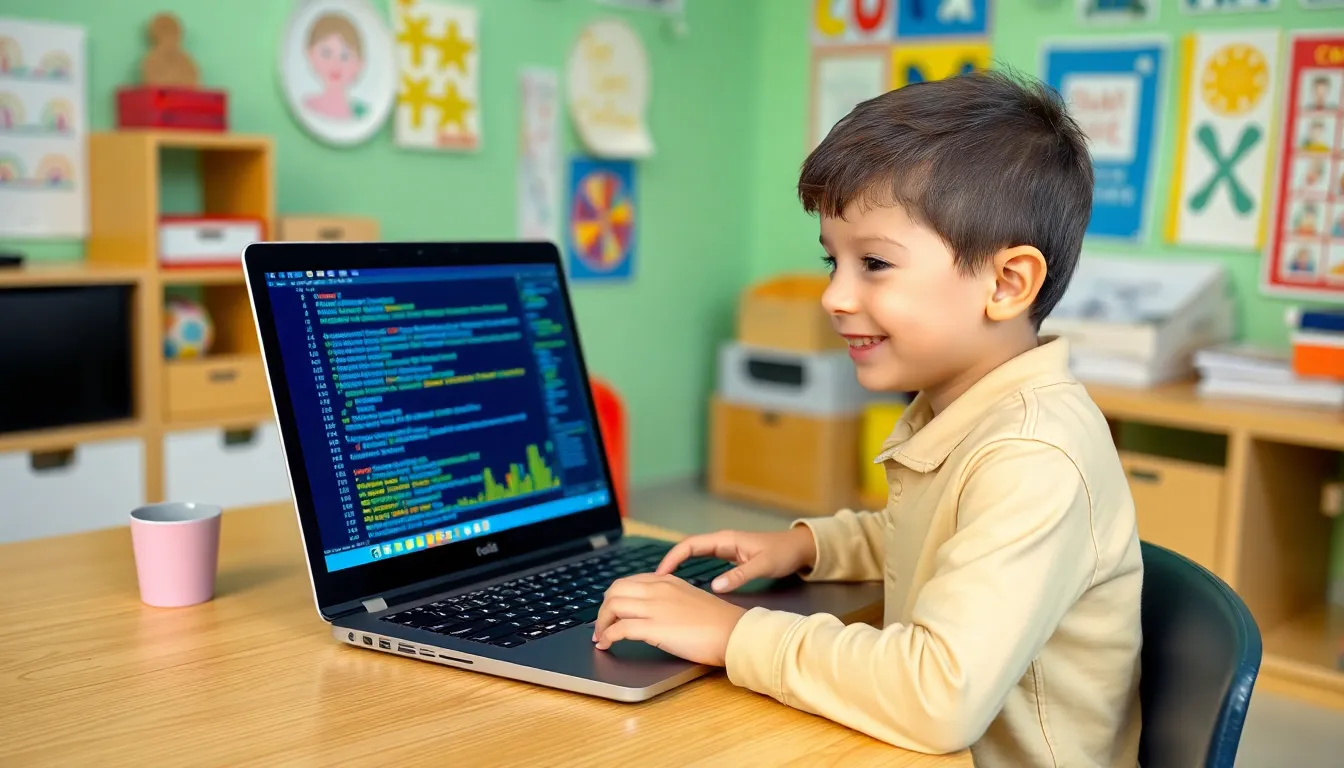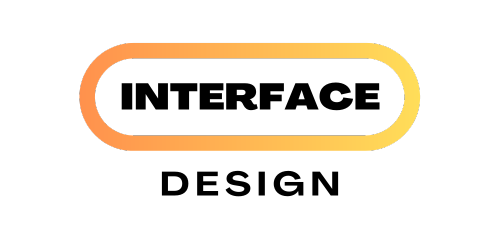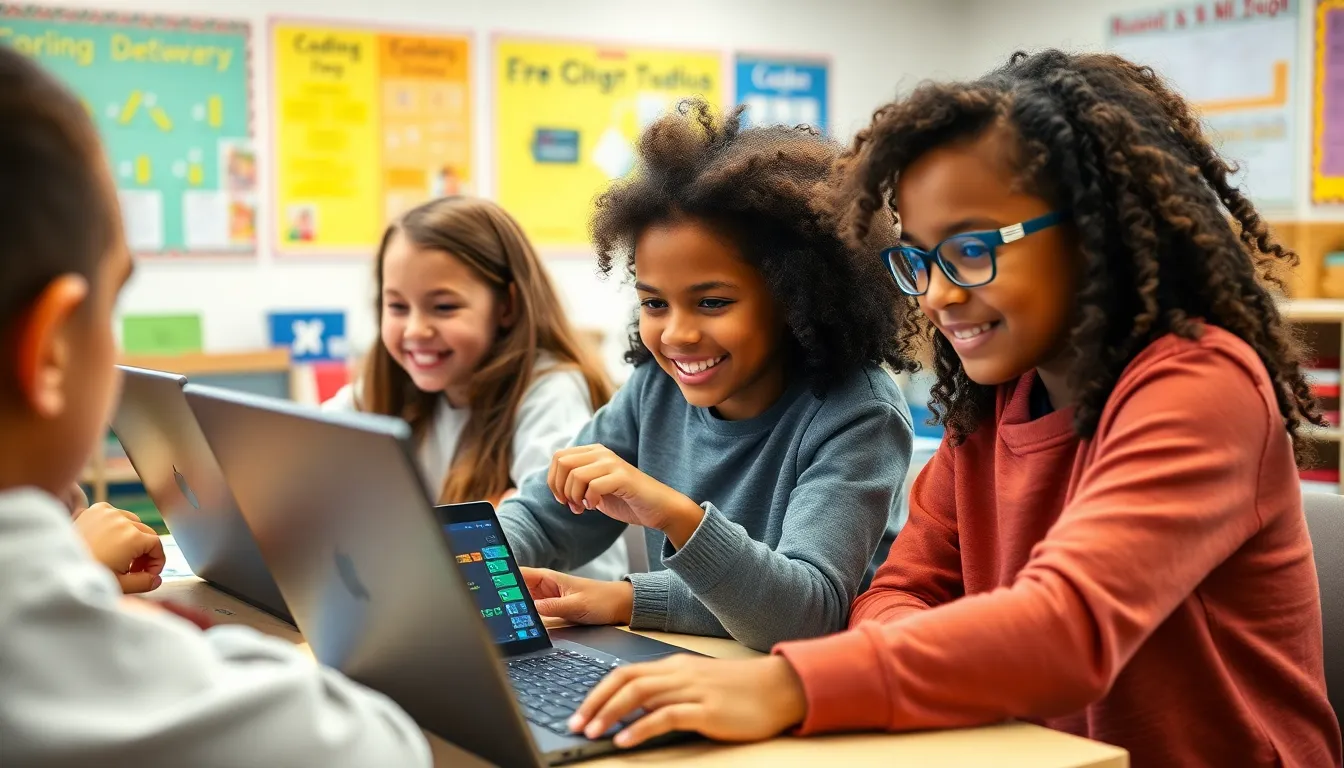In a world where kids are glued to their screens, why not turn that screen time into something productive? Google coding for kids is like giving them a magic wand to create their own digital adventures. Imagine your child not just playing games but designing them! With coding, they’ll not only learn how to speak the language of computers but also develop problem-solving skills that’ll impress even the toughest of teachers.
Google Coding For Kids
Google coding for kids offers interactive platforms designed to teach children programming fundamentals. Programs like Blockly and Scratch provide engaging environments where kids learn to create games and animations. Learning coding through these platforms fosters creativity, encouraging children to express ideas through code.
Young students gain essential skills with structured courses. Courses cover various programming languages, such as JavaScript and Python. Mastering these languages builds a strong foundation for future tech-related endeavors. Challenge-based learning approaches help maintain interest, as children solve puzzles and complete coding tasks.
Supportive communities enhance the learning experience. Google often collaborates with educational organizations to provide resources. Workshops and tutorials ensure kids receive guidance while they explore coding concepts. Participation in coding competitions allows them to showcase their skills, motivating further learning.
Real-world applications illustrate the relevance of coding. Children learn how coding impacts various industries, including gaming, robotics, and web development. Exposure to these fields sparks interest and encourages exploration of potential career paths. Networking with peers fosters collaboration and teamwork skills that extend beyond coding.
Incorporating coding into education promotes inclusivity. All children, regardless of background, can access Google coding resources. By enabling diverse learning experiences, these initiatives aim to bridge the tech gap. Enabling coding literacy contributes to a more equitable future in technology.
Benefits Of Learning Coding Early

Learning coding early offers numerous advantages that extend beyond technology skills. Children gain important abilities, such as critical thinking and creativity, which are essential for their personal and academic growth.
Critical Thinking Skills
Coding enhances critical thinking skills by encouraging children to break down complex problems into manageable parts. When faced with challenges, they learn to analyze different solutions and choose the best one. This process fosters logical reasoning, helping kids to improve decision-making abilities. Coding tasks often present scenarios where they must debug errors or optimize solutions, reinforcing analytical skills. As children navigate these obstacles, they develop persistence, resilience, and a systematic approach to problem-solving that can benefit them in other subjects and life situations.
Creativity Development
Creativity flourishes in coding environments, where children transform their ideas into interactive projects. Using platforms like Scratch and Blockly, they create animations, games, and applications, allowing for self-expression. Diverse coding concepts encourage innovative thinking, prompting them to experiment with unique designs and features. This exploration nurtures imagination, as kids combine visual arts and technology. Engaging in coding challenges motivates them to push boundaries, leading to inventive solutions. Ultimately, this creative outlet equips children with skills for future endeavors in technology and beyond, promoting a mindset that values innovation.
Google Coding Resources For Kids
Google offers various resources to help kids learn coding in fun and engaging ways. Two standout platforms are Blockly and Scratch.
Blockly
Blockly introduces coding concepts through a block-based interface. Kids drag and drop code blocks to create programs, simplifying the learning process. The visual design encourages experimentation, allowing young learners to see immediate results from their coding efforts. This platform suits beginners, offering tutorials and challenges that gradually enhance problem-solving skills. Schools and educators often implement Blockly in classrooms, making it accessible to children of varying ages and skill levels. Moreover, as kids master tasks, they build confidence in their coding abilities.
Scratch
Scratch empowers kids to create animated stories, games, and interactive projects. With its user-friendly interface, children can share their creations within a supportive community. The programming language is straightforward, allowing for creativity and innovation. Educators praise Scratch for teaching critical coding concepts while encouraging collaboration. Kids connect with peers online, exchanging ideas and feedback, which boosts collaborative skills. Scratch fosters a sense of accomplishment, motivating kids to dive deeper into the world of coding. Engaging with Scratch equips them with skills beneficial for future tech endeavors.
Getting Started With Google Coding
Engaging with Google coding resources opens new digital avenues for children. Various platforms and activities provide an excellent starting point for young learners.
Age-Appropriate Activities
Activities tailored to different age groups enhance learning experiences. For ages 5 to 7, games like Blockly introduce basic coding concepts through colorful, visual programming blocks. Children aged 8 to 12 benefit from Scratch, which allows them to create animated stories or games. Those in the 13 and up category can explore JavaScript or Python through structured online courses. Each activity aligns with cognitive abilities, ensuring effective skill development. Projects excite creativity while honing problem-solving capabilities. Ultimately, age-appropriate activities keep coding fun and engaging.
Tips For Parents
Parents play a crucial role in supporting their children’s coding journey. First, encouraging exploration of different coding platforms keeps children engaged. Actively participating in projects fosters collaboration and strengthens parent-child relationships. Setting aside specific times for coding practice helps establish routines. Finding local coding clubs or workshops connects kids with peers sharing similar interests. Additionally, monitoring progress can stimulate further learning and boost confidence. Being supportive throughout the process ensures children remain motivated and excited about coding.
Conclusion
Embracing Google coding for kids opens up a world of opportunities for young learners. It not only equips them with essential skills but also fosters creativity and critical thinking. By engaging with platforms like Blockly and Scratch, children can transform their ideas into tangible projects while building confidence along the way.
Parents play a crucial role in this journey by encouraging exploration and participation in coding activities. With the right support and resources, kids can thrive in the digital landscape and develop a passion for technology that may shape their future careers. Ultimately, introducing coding at an early age lays the groundwork for a more inclusive and innovative tech community.

